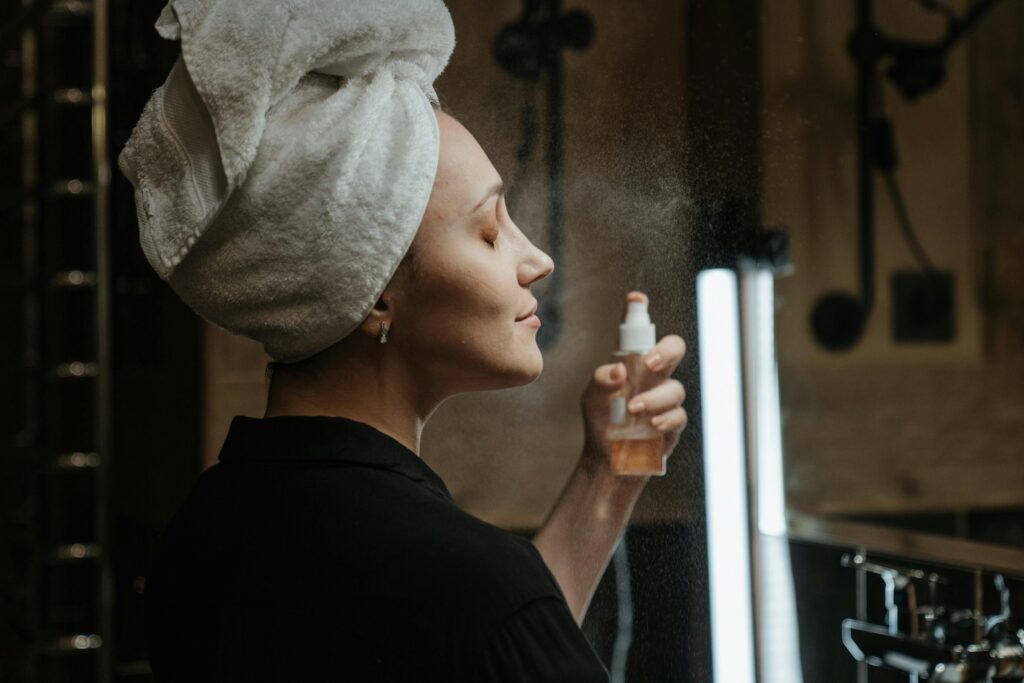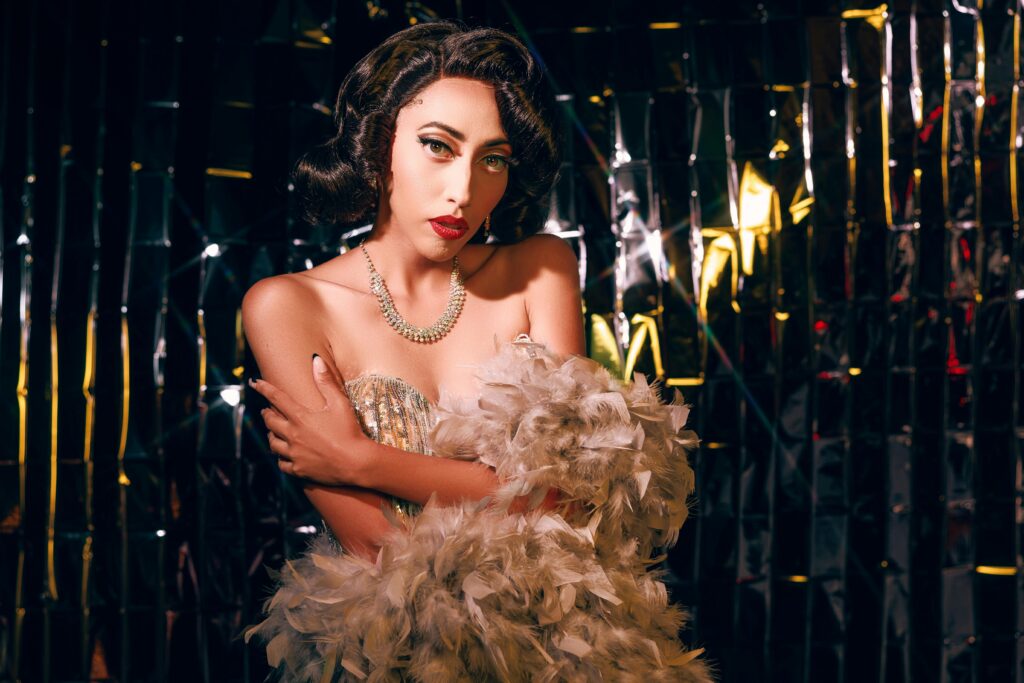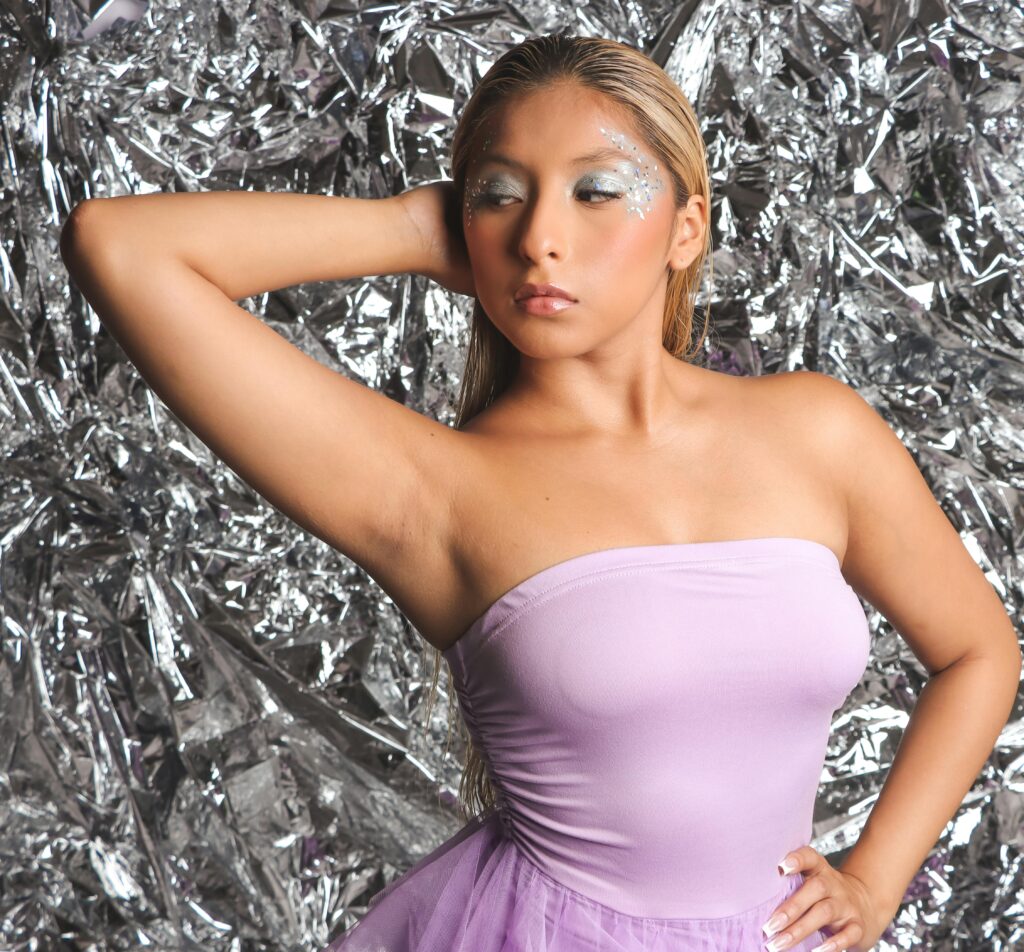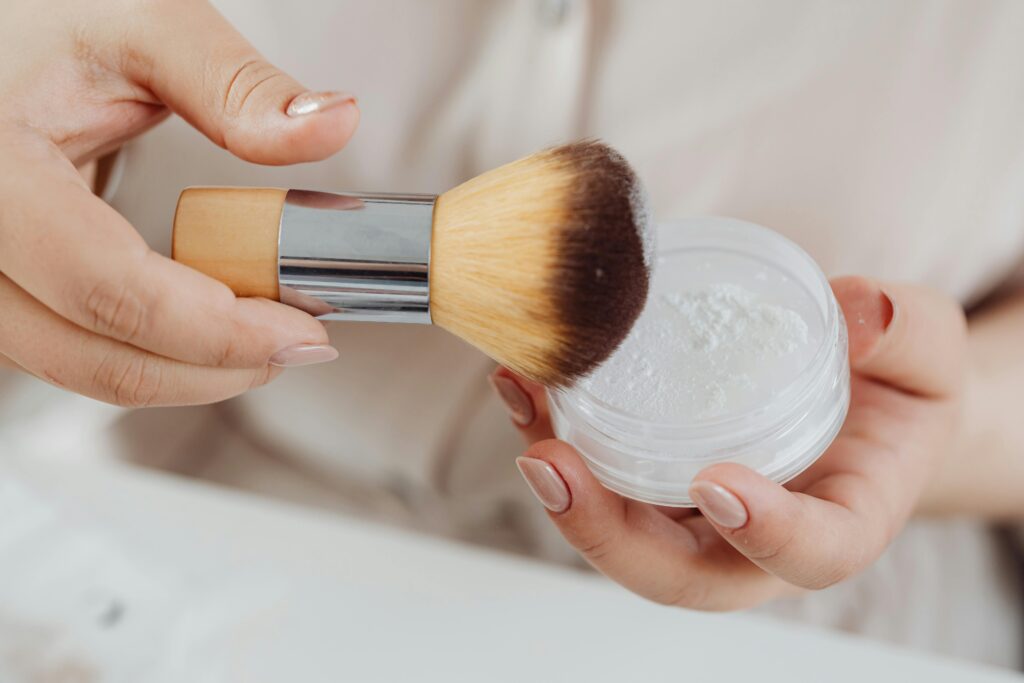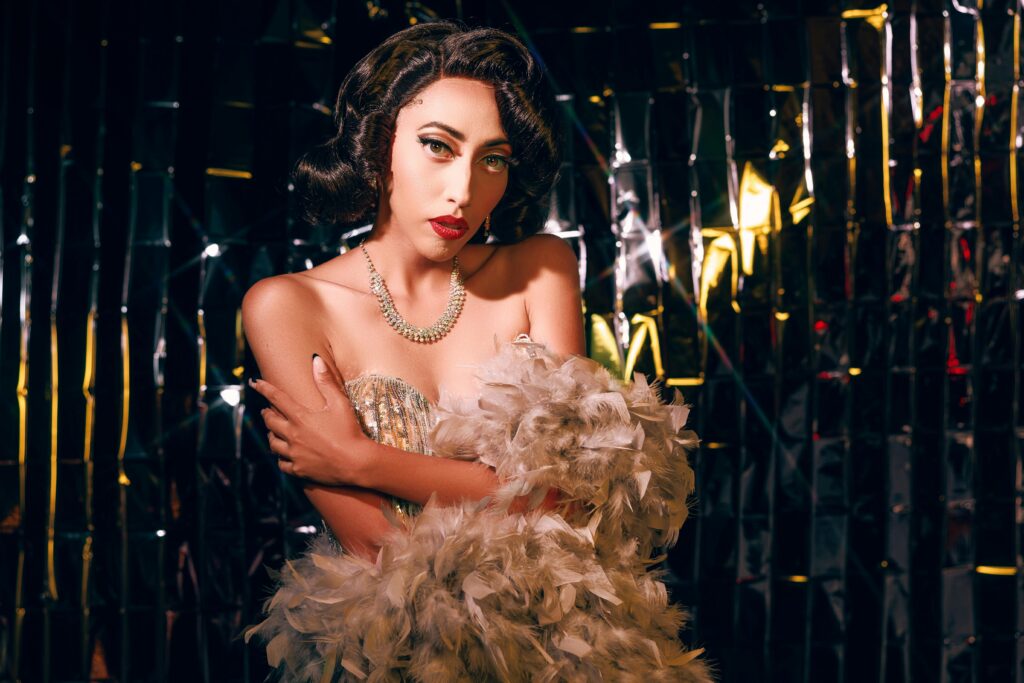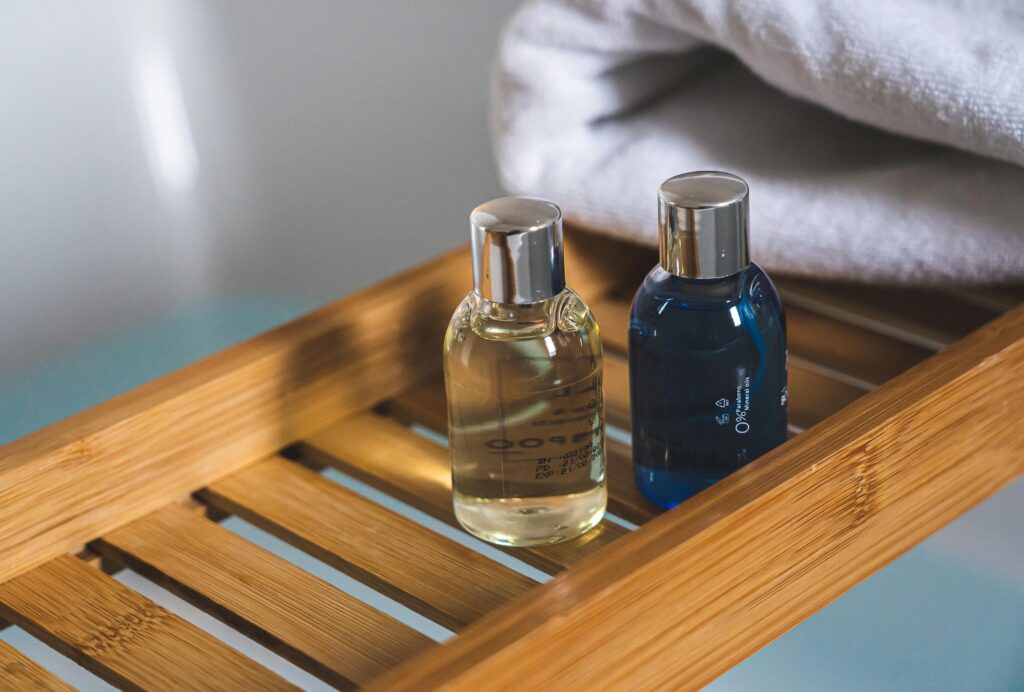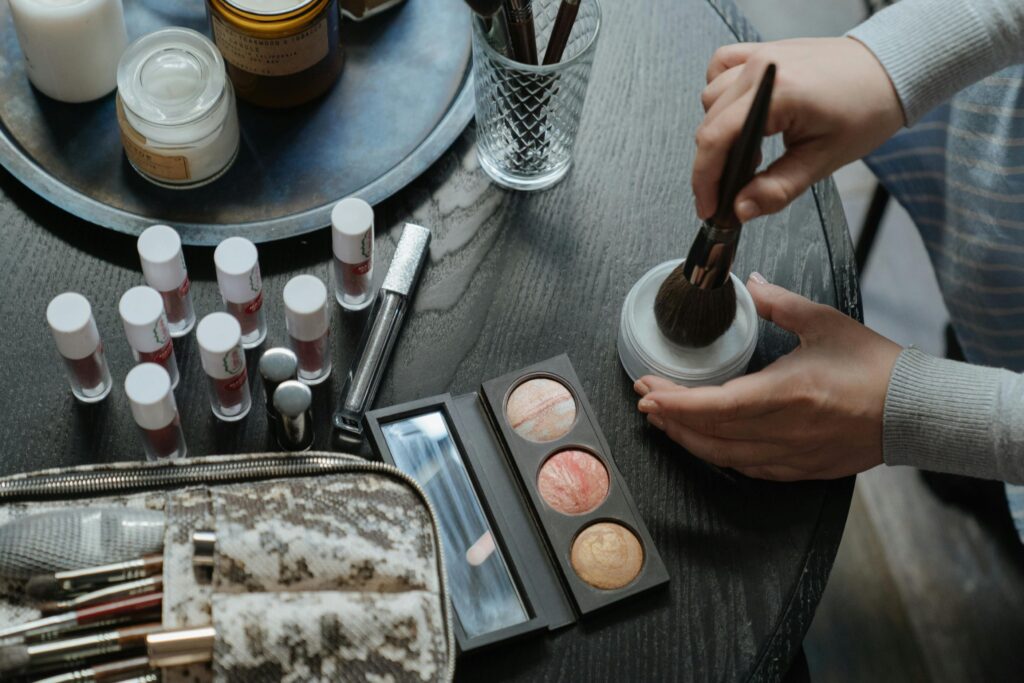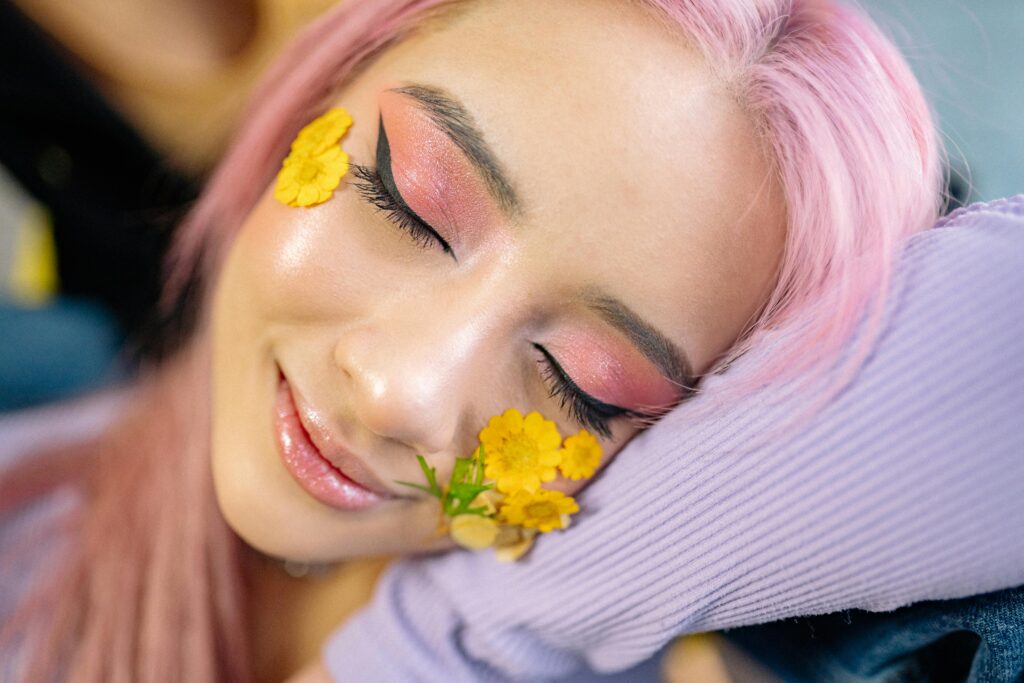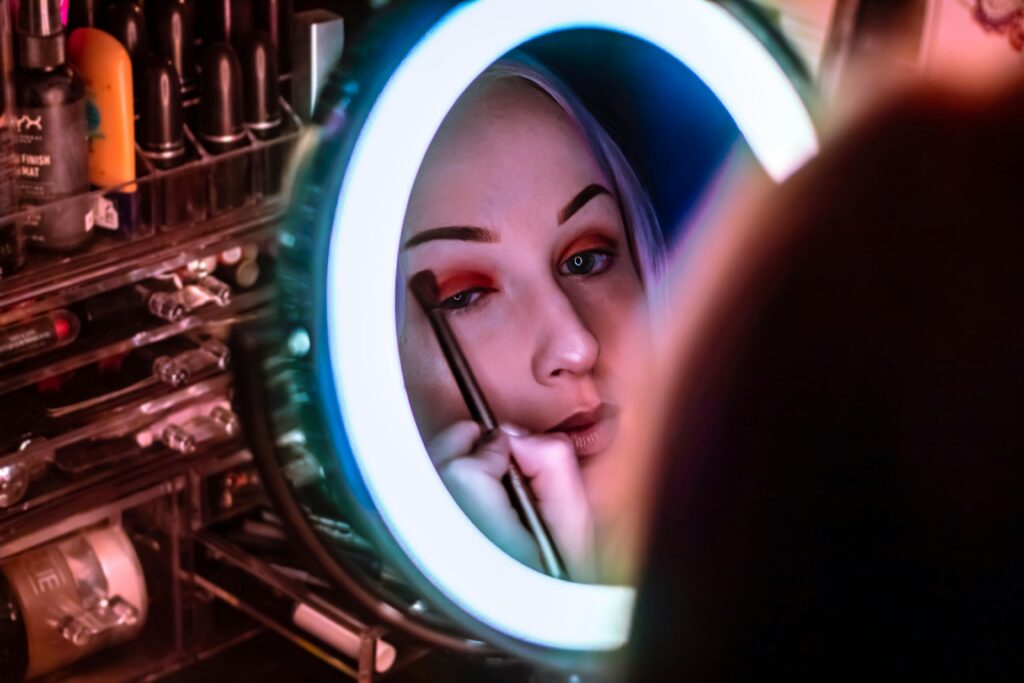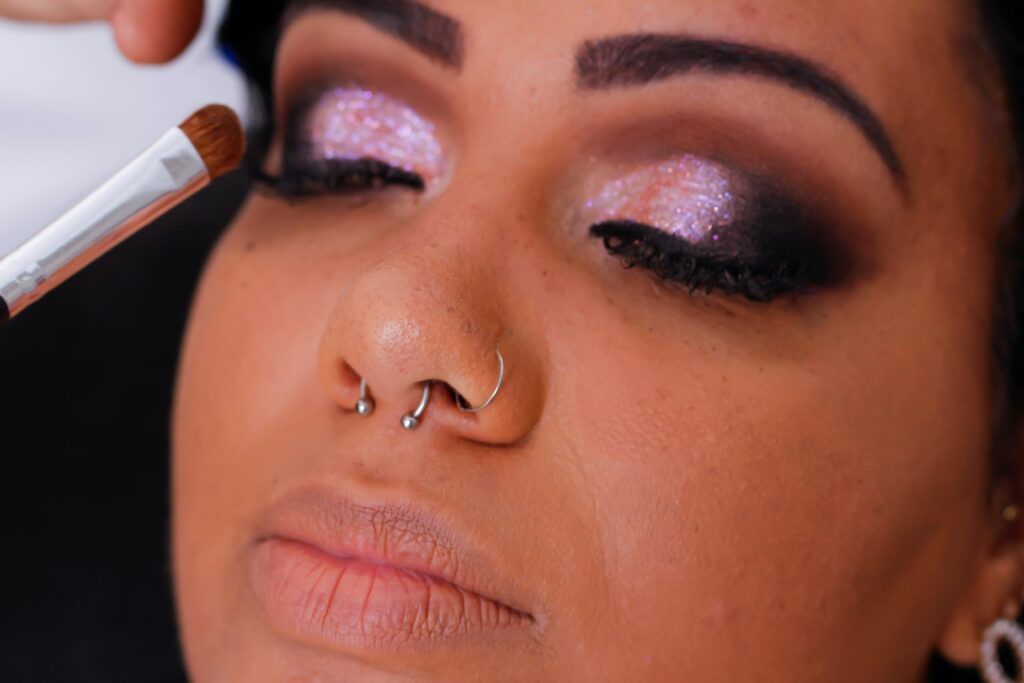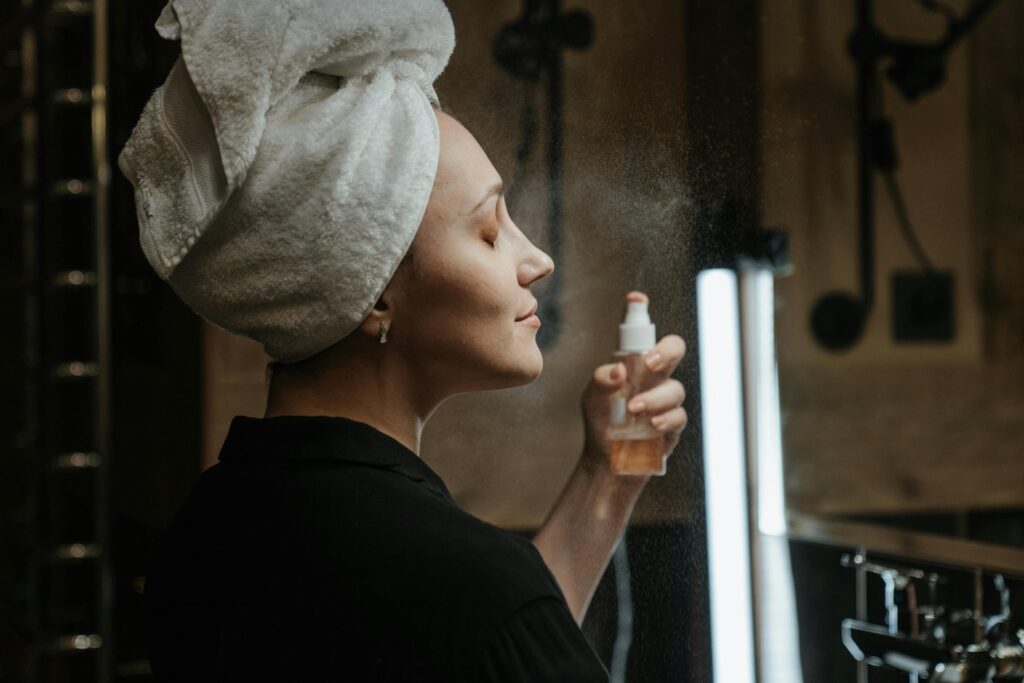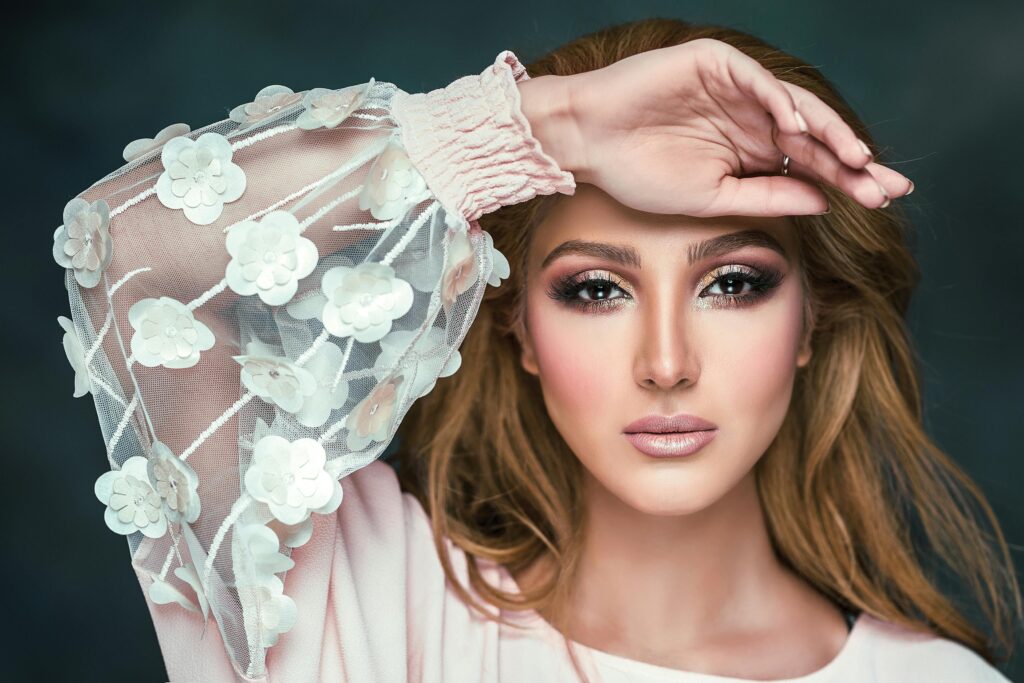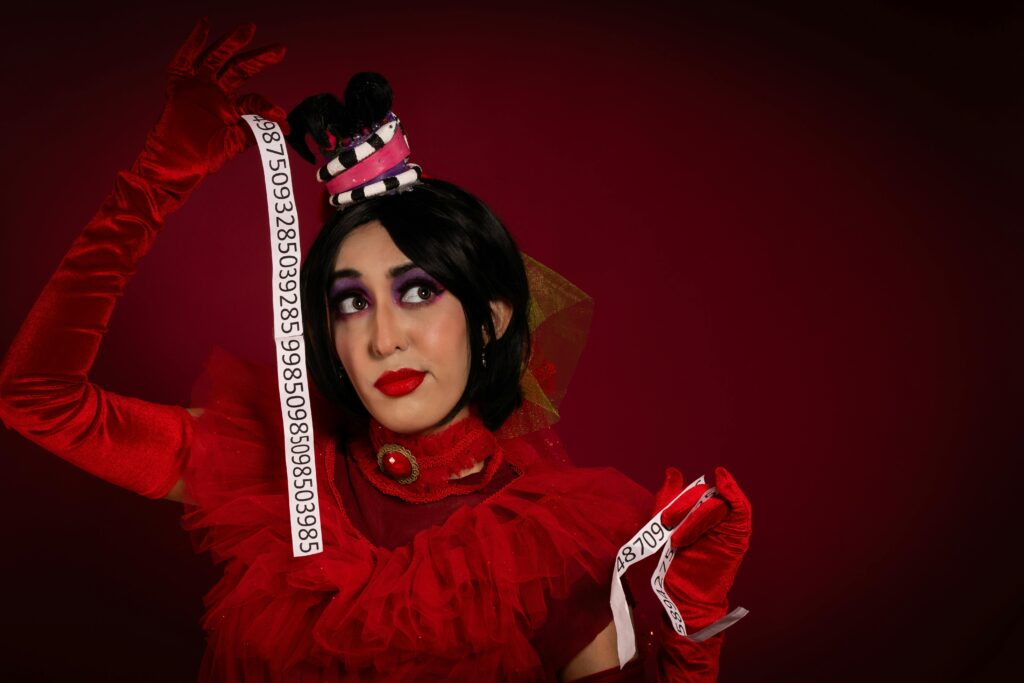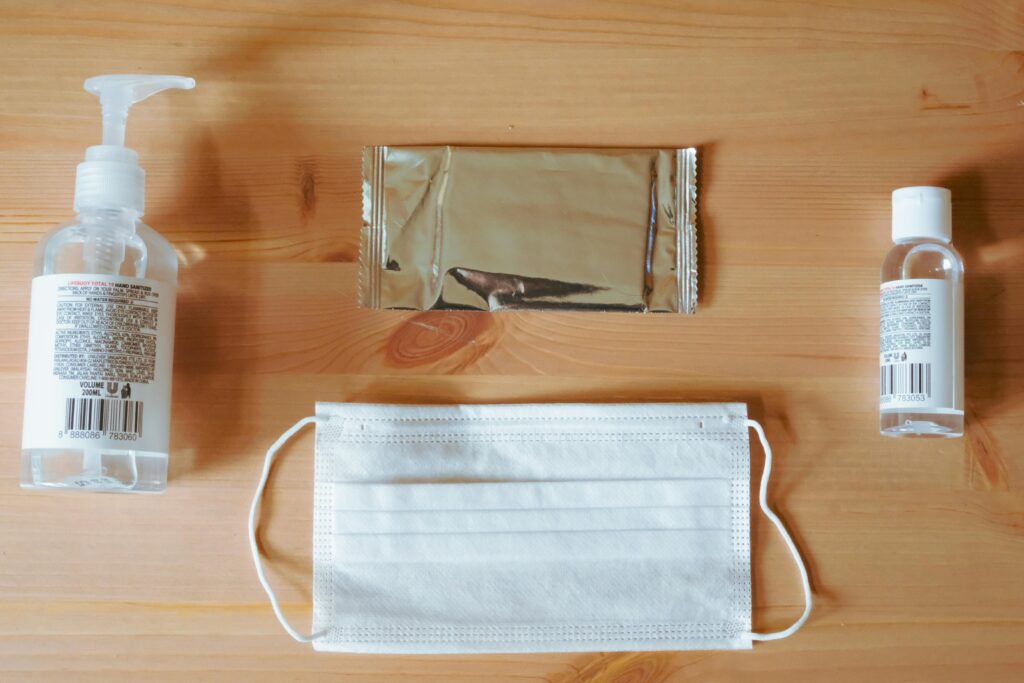5 Benefits of Using Illuminating Setting Sprays
Illuminating setting sprays are a game-changer in the world of makeup. These sprays not only lock your look in place but also add a radiant finish to your skin. Perfect for all skin types, they ensure your makeup lasts longer while giving your complexion a natural, healthy glow. Let’s explore the many benefits of using illuminating setting sprays and how they can elevate your beauty routine. What is an Illuminating Setting Spray? An illuminating setting spray is a lightweight mist designed to set makeup while enhancing the skin’s natural radiance. Unlike traditional setting sprays, it contains light-reflecting particles that create a luminous finish. These sprays are versatile and can be used as a final step in makeup application or as a refreshing boost throughout the day. They’re often infused with skincare ingredients like hyaluronic acid, glycerin, or botanical extracts, providing hydration and nourishment alongside their glow-boosting properties. This makes them a popular choice for achieving dewy, radiant skin. Key Benefits of Using Illuminating Setting Sprays 1. Enhances Makeup Longevity Illuminating setting sprays help your makeup stay in place for hours. They form a protective barrier that minimizes smudging, creasing, and fading. This ensures your look remains flawless from morning to night. 2. Provides a Radiant Glow The light-reflecting particles in illuminating sprays give your skin a healthy, dewy finish. This adds dimension to your makeup, making it look more natural and vibrant. 3. Hydrates the Skin Many illuminating setting sprays are enriched with hydrating ingredients. They combat dryness, keeping your skin moisturized and plump throughout the day. This is especially beneficial in dry or cold weather. 4. Reduces a Powdery Finish Setting powders can sometimes leave the skin looking matte or cakey. An illuminating setting spray softens this effect, blending the makeup seamlessly for a more natural appearance. 5. Multi-Purpose Use These sprays can be used beyond setting makeup. They’re excellent for refreshing your skin during the day, prepping your face before makeup, or even enhancing the radiance of bare skin. Improves Skin Texture Some formulas include ingredients that smooth and refine the skin’s texture. Over time, this can result in a softer and more even complexion, both with and without makeup. How to Use an Illuminating Setting Spray Choosing the Right Illuminating Setting Spray When selecting an illuminating setting spray, consider your skin type and desired finish: Is Illuminating Setting Spray Suitable for All Skin Types? Illuminating setting sprays are versatile and can be used on most skin types. However, if you have very oily skin, choose a product designed to provide a subtle glow without emphasizing shine. Always do a patch test before using a new product to ensure it’s suitable for your skin. Conclusion Illuminating setting sprays are a must-have for anyone looking to achieve a radiant, long-lasting makeup finish. They provide hydration, enhance glow, and keep your makeup in place effortlessly. Whether you’re heading to an event or just want a fresh, dewy look, these sprays are a fantastic addition to your routine. Frequently Asked Questions (FAQs) 1. Can I use an illuminating setting spray on bare skin? Yes, illuminating setting sprays can enhance the natural glow of bare skin. They’re also great for hydrating and refreshing your complexion throughout the day. 2. How often can I use an illuminating setting spray? You can use it as often as needed. Apply it after makeup to set your look or mist it during the day to refresh your skin and add radiance. 3. Will an illuminating setting spray make my skin look oily? No, a good illuminating spray provides a radiant glow without making your skin appear greasy. If you have oily skin, choose a lightweight formula designed for your skin type. 4. Can I layer illuminating setting spray with other makeup products? Absolutely. Use it as the final step in your routine or mist it between makeup layers for added hydration and glow. 5. Is an illuminating setting spray suitable for sensitive skin? Yes, but always check the ingredient list. Look for fragrance-free options with soothing ingredients to minimize the risk of irritation.
5 Benefits of Using Illuminating Setting Sprays Read More »
